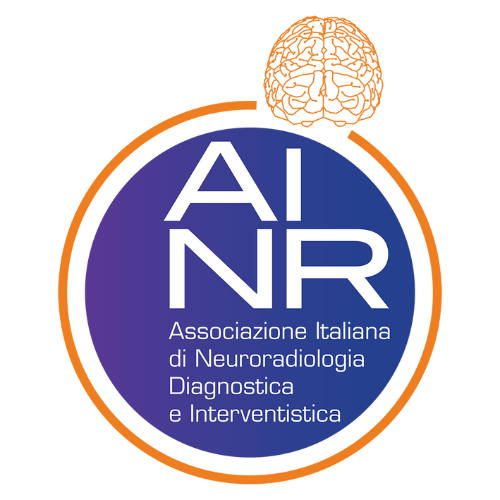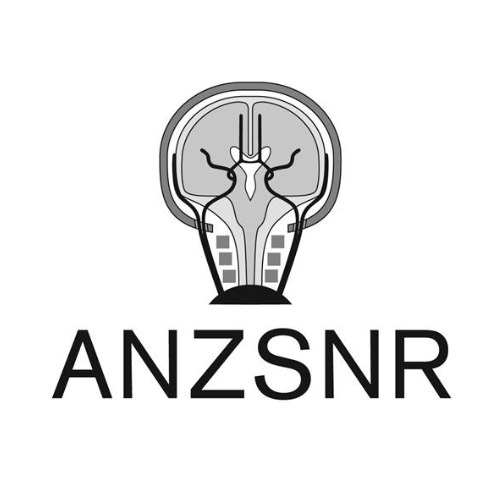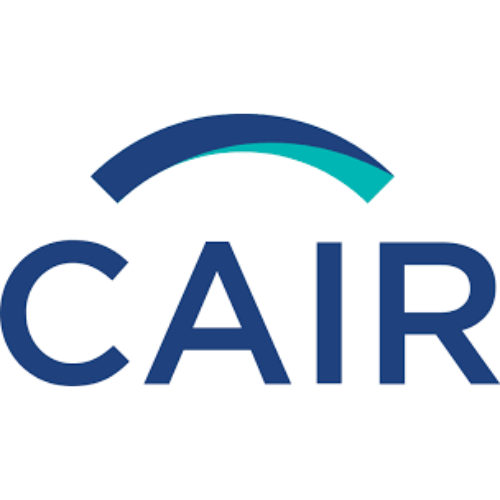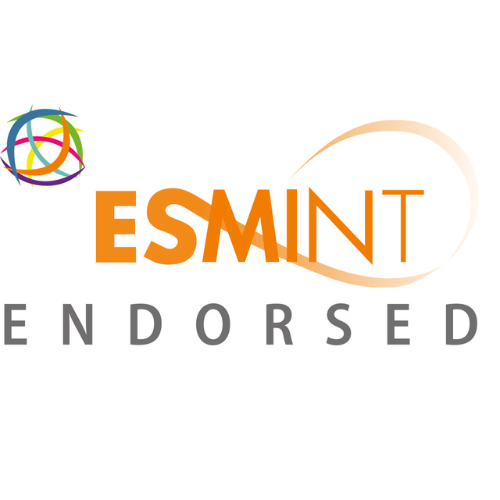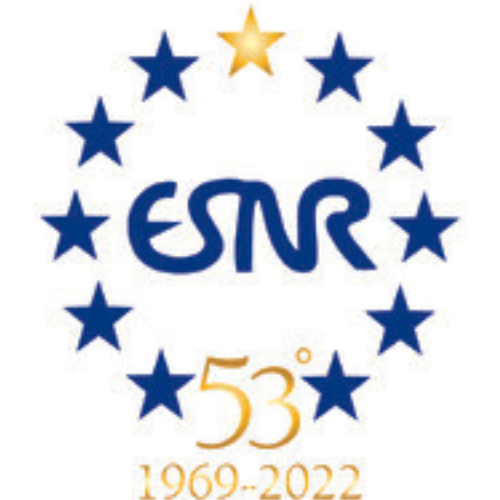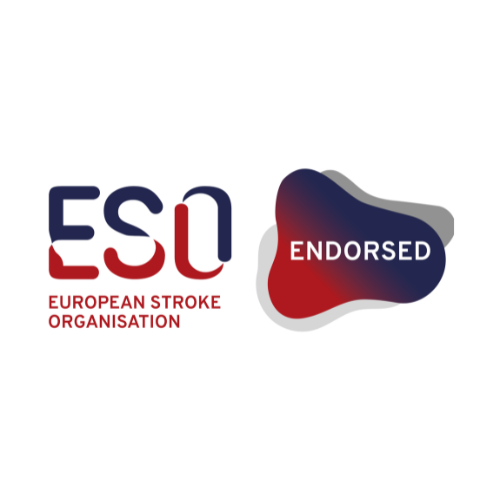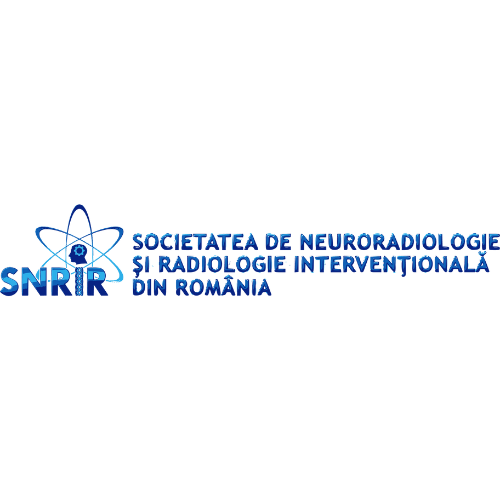About SLICE
SLICE Worldwide brings you all year-round exclusive live gatherings on stroke treatment and care.
Specialities
Neuroradiologists, Neurologists, Anaesthetists, Emergency doctors, Nurses, Technicians, Junior doctors
Years
The first edition of the congress was launched in 2015, but its digital format only appeared in 2020.
Countries reached
Top 6 - #1 US #2 India #3 France #4 Brazil #5 Netherlands #6 UK
 Recommended for you
Recommended for you
F.A.S.T for STROKE
Watch the film on stroke management presented at the 2022 event!
Meet our Faculty

Tommy Andersson MD, PhD, is qualified as a specialist in Neurological Surgery and Neuroradiology, presently working at the Karolinska University Hospital, Stockholm, Sweden and in AZ Groeninge, Kortrijk, Belgium. He is professor of Neurological Interventions and Senior Consultant in Neurointervention as well as head of service in Stockholm. Prof Andersson is the Chairman of the Swedish National Quality Registry EVAS (EndoVAscular therapy for ischemic Stroke), and the former Chairman of the ESMINT Examination Committee and of the Swedish Society of Neuroradiology. Prof Andersson received his medical training and certificates at Karolinska Institutet in Stockholm. He has been the PI for several international multicenter studies and an invited speaker at international conferences more than 450 times in the last 20 years. Prof Andersson has organized more than 50 international courses in management of acute stroke patients, supervised a large number of fellows and students and is the author of numerous peer-reviewed articles and book chapters.

Neurologist - CHU Montpellier, France

Senior Physician at Neurointerventional Radiology · Shamir Medical Center (Assaf Ha Rofe Medical Center)

Head of the Institute of Diagnostic and Interventional Neuroradiology at the Inselspital of the University Hospital, Berne, Switzerland.

Head of Neuroscience Department Director Endovascular Surgical Neuroradiology Director Clinical Neuroscience Research

Medical Director, Cooper Neurological Institute Chairman and Chief of Neurology Stroke Neurologist Professor of Neurology Professor of Neurological Surgery.

Chef de Service
Service de Neurologie et Unité de Neuro Vasculaire Hôpital FOCH.
Université Versailles-Saint-Quentin-en-Yvelines

Executive Director of Chinese Stroke association(CSA) Chairman of China interventional neuroradiology society (CINS) Professor of Neurology and Neuroradiology Director of Interventional Neuroradiology Beijing Tiantan hospital Capital Medical University

1. Interventional And Diagnostic Neuroradiologist – Strasburg - Louis Pasteur University - France
2. Interventional And Diagnostic Neuroradiologist - Sorbonne University Hospital Group - Paris - France
3. Vascular Neuroimaging - Paris Descartes University - Paris - France
4. PhD Neuroradiology – Sao Paulo Medical School - University of São Paulo. - Brazil
5. Interventional Neuroradiology Service - General Hospital of Fortaleza- Brazil
6. President, Brazilian Society of Neuroradiology
7. Member, WFITN Endowent Fund Board

Endowed Professor & Division Chief of Cerebrovascular Medicine - Director, UPMC Stroke Institute - Professor of Neurology & Neurosurgery

Interventional Neurologist Stroke Unit, Neurology Hospital Vall d'Hebron. Barcelona, Spain.

Interventional Radiologist Maastricht University Medical CentreMaastricht. The Netherlands.

Director, Imaging and Endovascular treatment Calgary Stroke Program Professor Clinical Neurosciences University of Calgary

M.D. CHU Montpellier

Montpellier, France

M.D. CHU Montpellier

Neurologist, Interventional Neuroradiology Fellow

Interventional Neuroradiologist the University Hospital, Toulouse, France

Cerebrovascular Neurosurgeon
Director Stroke and Cerebrovascular Surgery AdvocateAurora Health
Chicago, IL USA

Director Neurointervencionismo

Stroke and vascular neurologist Director, Stanford Stroke Center, Stanford Medical Center, CA USA

Radiology and medical imaging / Diagnostic and therapeutic neuroradiology, Pellegrin Hospital, Bordeaux, France

Professor and Head of Department of Neuroradiology and endovascular Therapy Krupp Hospital, Essen, Germany

Head of the Interventional Neuroradiology unit. Sorbonne University. Pitié-Salpêtrière Hospital, Paris, FRANCE

Department of Rheumatology. Hopital Gui de Chauliac, CHU de Montpellier

Cerebrovascular neurosurgeon, Director of the intracerebral Hemorrhage Program, Mount Sinai, Hospital, New York, USA

Neuroradiologist Department of Diagnostic and Interventional Neuroradiology, Geneva University Hospitals, Switzerland

Hospital Clínico Universitario de Valladolid · Interventional Neuroradiology MD - Spain

Head of Diagnostic and Interventional Neuroradiology - Clinic for Radiology and Nuclear Medicine of the University Hospital Basel, Switzerland
Our Partners
 Excellence partner
Excellence partner

 Diamond partners
Diamond partners




 Gold partners
Gold partners
 Silver partners
Silver partners

 Bronze partners
Bronze partners




 Startup partners
Startup partners




Register now
Want to learn more or be part of the next SLICE event ?

SLICE Workshops
Relive the sessions presented in the SLICE through practical and exciting trainings, in our different worldwide centers.

SLICE Next Frontiers
SLICE Next Frontiers is an international audio-visual and interactive event focused on practising interventional neuroradiology in the neuro-endovascular treatment of haemorrhagic pathologies. Its objective is to offer an educational vision, based essentially on practical experience.
